Maximizing Your Wi-Fi Range: The How-To Guide to MyWiFi Extenders
What Are MyWiFi Extenders?
coverage of an existing Wi-Fi network. They intercept the signal from your primary router,
amplify it, and broadcast an improved signal to areas with limited or no connectivity.
Think of them as “signal relays” that expand the reach of your network, and they are useful
in homes or offices with multi-story floors or thick walls to reduce signal strength. MyWiFi
extenders are compatible with almost all routers. Therefore, these are practical devices for
anyone looking to overcome coverage issues.
Types of MyWiFi Extenders
There are several types of MyWiFi extenders to suit different needs:
1.Plug-In Extenders
These small gadgets can be placed directly in the wall outlet; they are thus ideal for compact spaces. These are easy to install but rather suited for installing in a single room or an apartment.
2. Desktop Extenders
These larger and more powerful freestanding models often contain additional features like Ethernet ports for connecting via a physical cable. They are the best for installation in larger
homes or offices
3. Mesh Wi-Fi Systems
Mesh systems involve several units, which operate to form a singular network. This means they cover large areas with no need for manual network switching.
How Do MyWiFi Extenders Work?
MyWiFi Extender Advantages

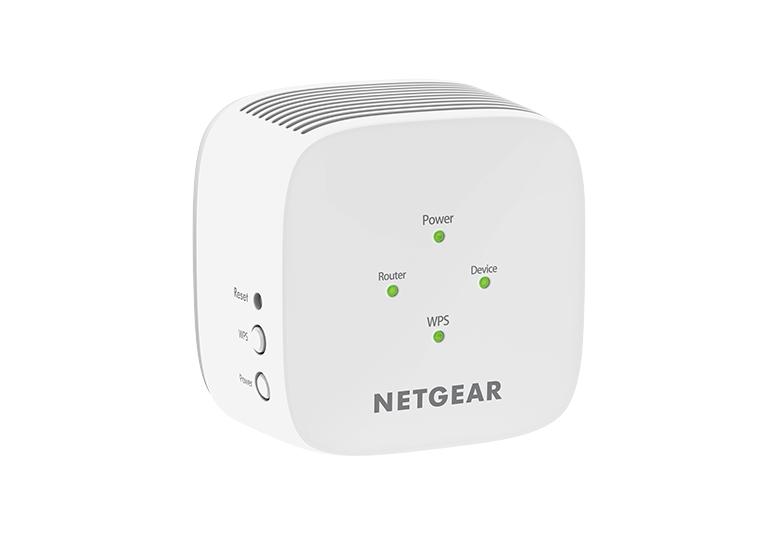



Choosing the Best MyWiFi Extender
- Router Compatibility
The extender should be compatible with the Wi-Fi protocol of your router, especially when using the latest standards like Wi-Fi 6.
- Coverage Area
Evaluate the area you have to cover. Small areas can use a plug-in extender, and huge houses can use a desktop version or perhaps a mesh system.
- Bandwidth Requirements
For applications such as gaming or streaming high-definition multimedia content, look for extenders offering dual-band or tri-band connectivity to sustain greater bandwidth requirements.
- Ease of Installation
Take an easy installation that is guided by a mobile app or that includes an intuitive user interface.
- Wired Connections
If you require a stable wired connection for devices like gaming consoles or smart TVs, look for extenders with Ethernet ports.
- Device Support
Consider extenders that can handle multiple devices simultaneously, especially in environments with high network usage.
Wi-Fi Extenders vs. Mesh Systems: Which One Should You Choose?
Choosing a traditional Wi-Fi extender over a mesh system requires an understanding of their differences:
Wi-Fi Extenders
Extenders strengthen and rebroadcast your router’s signal but will often create a new network that must be switched by hand between the networks as you move around the house. A good choice for smaller spaces or isolated dead zones, though they can add up in price quickly.
Mesh Systems
Mesh systems utilize several interconnected devices to give one cohesive network. This means that seamless coverage is provided without any need for manual switching. They are best applied in larger spaces or situations that bear a high connectivity need.
When to Use a Wi-Fi Extender
For small to medium-sized space areas that only have a few weak spots, then a Wi-Fi extender would be sufficient and pretty affordable.
When to Use a Mesh System
For expansive homes, multi-level buildings, or environments with numerous connected devices, a mesh system provides superior coverage and performance.
Securing Your Extended Wi-Fi Network
Expanding your Wi-Fi network also means addressing potential security risks. Here are some essential tips:
- Change Default Credentials
Always update the default username and password for your extender to prevent unauthorized access.
- Enable WPA3 Encryption
Use the latest encryption standard for maximum security and protection against cyber threats.
- Update Firmware Regularly
Keep your extender’s firmware up-to-date to address vulnerabilities and enhance performance.
- Guest Network Setup
For visitors, use a separate guest network to safeguard your primary devices.
- Monitor Connected Devices
Use apps or management tools to track devices on your network and identify unauthorized users.

How to Maintain Your MyWiFi Extender for Longevity
To ensure your MyWiFi extender continues to perform efficiently over time, take a proactive approach to its care and maintenance. Follow these guidelines:
Keep the Device Clean
Dust and debris can build up over time and block ventilation openings, causing overheating. Wipe down your extender regularly with a soft, dry cloth to keep it clean.
Ventilation
Just like any electronic device, WiFi extenders produce heat. Place the extender in a well-ventilated area and avoid cramped spaces or enclosed cabinets that may trap heat and decrease performance.
Periodic Restarting
Sometimes, restarting your extender may solve temporary glitches, clear memory caches, and refresh the device's performance.
Firmware Update
Manufacturers issue firmware updates to enhance security and performance. Periodically check for updates and install them to keep your extender running at its best and protected from vulnerabilities
Signal Quality Monitoring
Use a WiFi analyzer app or your extender's management tool to monitor the signal strength and address any emerging issues, such as interference or device overload.
Handle with Care
When you want to move the extender, remove it carefully in order not to damage the power plug or other internal parts.
With these maintenance practices, you can improve the durability and performance of your MyWiFi extender to ensure long-term consistent connectivity.
Troubleshooting Common Issues
Even with a quality MyWiFi extender, occasional problems may arise. Here’s how to address them:
Weak Signal
One of the key benefits of the MyWiFi EXT Extender is its ability to eliminate Wi-Fi dead zones, which are areas with weak or no signal. These dead zones are often caused by distance from the router or physical obstacles, but the extender helps extend your Wi-Fi coverage into these areas.

Seamless Multi-Device Connectivity
The MyWiFiEXT Extender is designed to handle multiple devices at once, ensuring stable and reliable connections for everything from smartphones to smart home devices, even during heavy usage.

Improved Speed and Stability
The extender enhances both the speed and stability of your network, making it ideal for high-demand activities like virtual meetings, gaming, and streaming. By reducing interference and boosting the signal, it improves your overall internet experience.
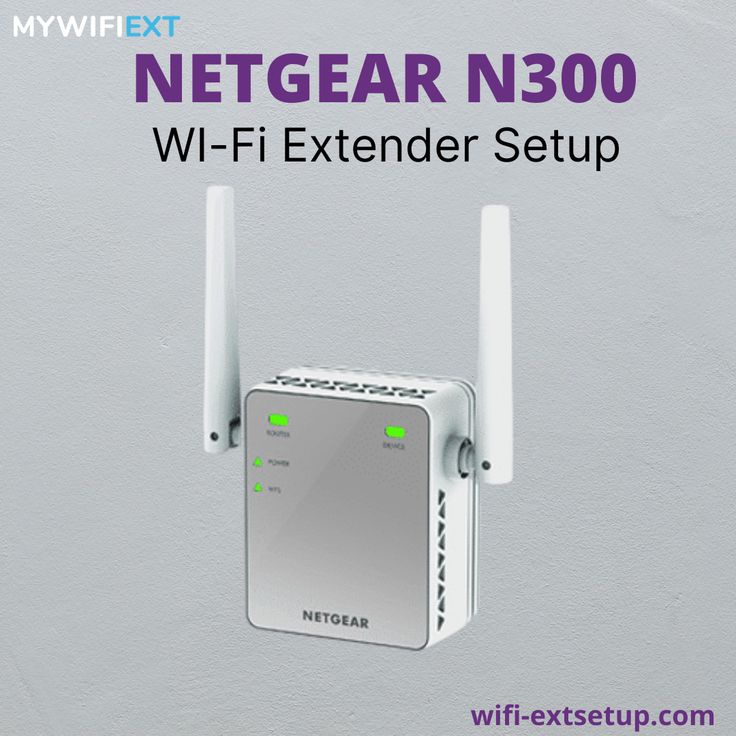
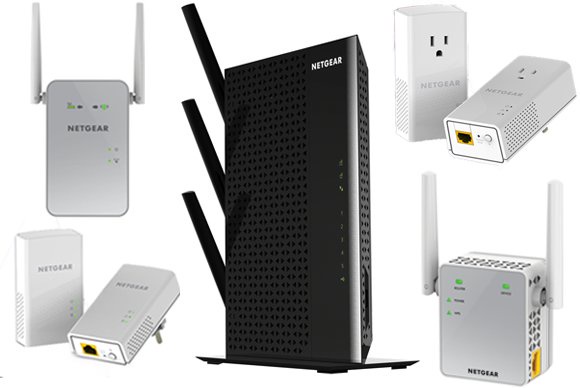
Optimizing the Placement of Your MyWiFi Extender
Proper placement guarantees the best performance out of your MyWiFi extender. Use the following tips to get the most out of this device:
- Locate the Correct Location: Position the extender midway between your router and the dead spot. Make sure that it is placed close enough to the router for a strong signal but close enough to the dead spot to transmit that boosted signal there.
- Avoid Interference: Maintain a distance between the extender and walls, mirrors, and furniture that might cause interference or reflection. Radio devices such as microwaves, baby monitors, cordless phones, and other Bluetooth devices also interfere, so maintain a few feet from those.
- Elevate the Device: When the extender is on an elevated area, such as a shelf or table, the signal will distribute better than when it is placed directly on the floor.
- Test and Fine-Tune: After installation, test the WiFi signal strength in the target area using a mobile app or network tool. If the signal is still weak, try repositioning the extender slightly closer to the router or farther from obstructions.

Optimizing the placement of your MyWiFi extender can maximize its coverage and eliminate frustrating dead zones in your home or office.
Troubleshooting Common Issues
Even with a quality MyWiFi extender, occasional problems may arise. Here’s how to address them:
Weak Signal
Intermittent Connections
Connection Failures

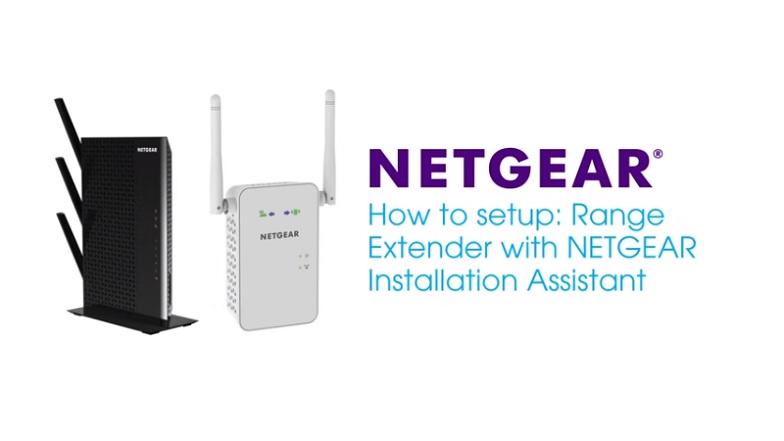
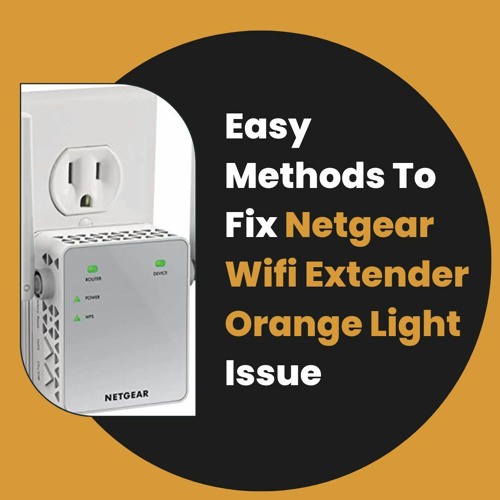

FAQs About Netgear WiFi Extender Setup
Ideally, place your extender halfway between your router and the area with poor WiFi. Avoid corners, walls, or any spots with heavy electronic interference.
This could be due to interference or a weak connection to the router. Try relocating the extender and ensure it’s well within range of the router.
Yes but be mindful of overlapping coverage areas to prevent interference. Each extender should connect directly to the router, not to another extender.
Most Netgear extenders are compatible with any standard WiFi router. Always check the product specifications to confirm compatibility.
Elevate Your Connectivity with MyWiFi Extenders

